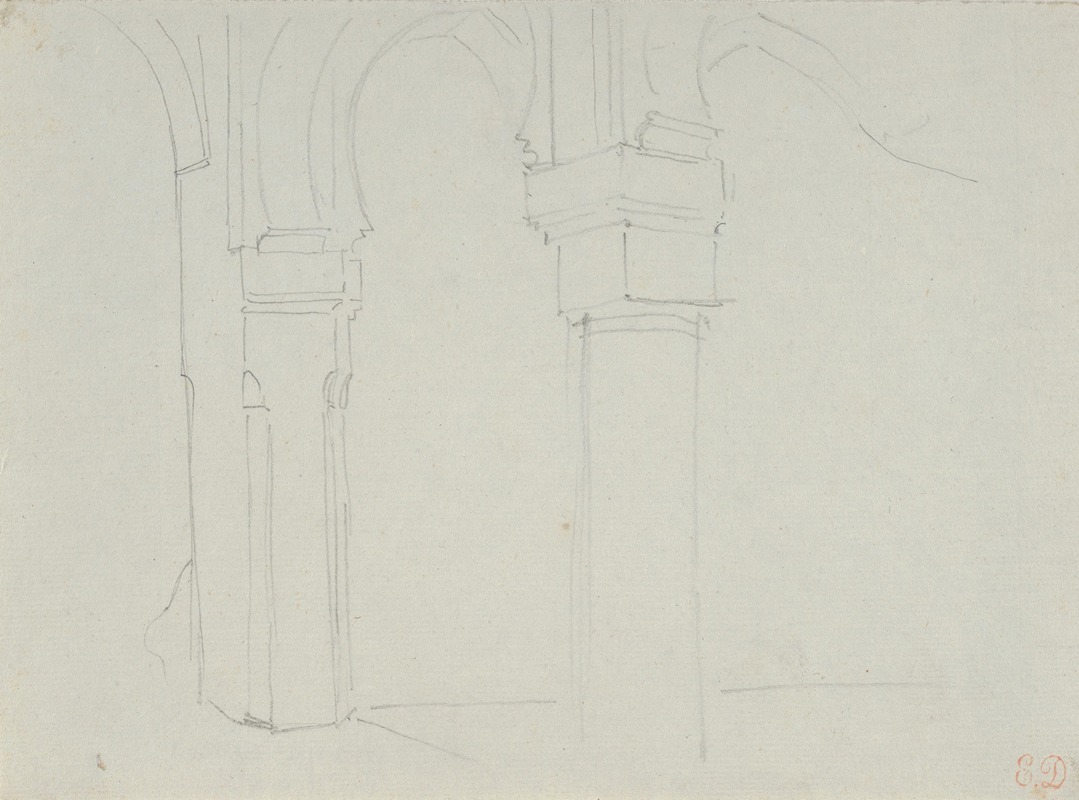
Study of a Moorish Arcade, Spain
A hand-painted replica of Eugène Delacroix’s masterpiece Study of a Moorish Arcade, Spain, meticulously crafted by professional artists to capture the true essence of the original. Each piece is created with museum-quality canvas and rare mineral pigments, carefully painted by experienced artists with delicate brushstrokes and rich, layered colors to perfectly recreate the texture of the original artwork. Unlike machine-printed reproductions, this hand-painted version brings the painting to life, infused with the artist’s emotions and skill in every stroke. Whether for personal collection or home decoration, it instantly elevates the artistic atmosphere of any space.
"Study of a Moorish Arcade, Spain" is a painting by the renowned French artist Eugène Delacroix. Delacroix, a leading figure of the Romantic movement in France, is celebrated for his expressive brushwork and his fascination with exotic subjects. This particular work exemplifies his interest in the architecture and culture of Spain, which he visited in 1832.
The painting depicts a detailed study of a Moorish arcade, a type of architectural element commonly found in the Islamic architecture of Spain. The Moors, who were Muslim inhabitants of the Iberian Peninsula, left a significant architectural legacy in Spain, particularly in regions such as Andalusia. Their influence is evident in the intricate designs and ornate decorations that characterize Moorish architecture.
In "Study of a Moorish Arcade, Spain," Delacroix captures the essence of this architectural style with meticulous attention to detail. The painting showcases the elegant arches and the elaborate patterns that are typical of Moorish design. Delacroix's use of light and shadow enhances the three-dimensional quality of the arcade, giving it a sense of depth and realism.
Delacroix's journey to Spain was part of a broader trip that also took him to North Africa. This expedition had a profound impact on his work, as he was deeply inspired by the landscapes, people, and architecture he encountered. His sketches and studies from this period, including "Study of a Moorish Arcade, Spain," reflect his fascination with the exotic and the picturesque.
The painting is executed with a combination of precision and fluidity, characteristic of Delacroix's style. His brushstrokes convey both the solidity of the architectural forms and the delicate intricacy of the decorative elements. The color palette is subdued yet rich, with earthy tones that evoke the warmth and texture of the stone and plaster used in Moorish construction.
"Study of a Moorish Arcade, Spain" is not just an architectural study; it also serves as a testament to Delacroix's ability to capture the spirit of a place. Through his art, he invites viewers to appreciate the beauty and complexity of a culture that was, for many in his European audience, both distant and unfamiliar.
This work is part of Delacroix's broader oeuvre, which includes many other studies and finished paintings inspired by his travels. His interest in Orientalism, a term used to describe the depiction of Eastern cultures by Western artists, is evident in this and other works. Delacroix's contributions to this genre are significant, as he brought a level of authenticity and respect to his subjects that was not always present in the works of his contemporaries.
Today, "Study of a Moorish Arcade, Spain" is appreciated not only for its artistic merit but also for its historical significance. It provides insight into the cultural exchanges that took place in the 19th century and highlights the enduring influence of Moorish architecture in Spain. Delacroix's painting remains a valuable piece for both art historians and enthusiasts, offering a glimpse into the artist's creative process and his engagement with the world around him.











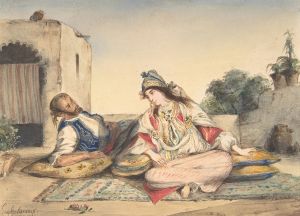

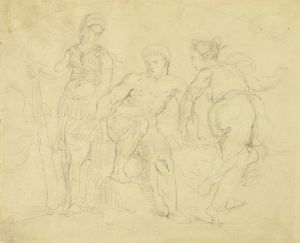

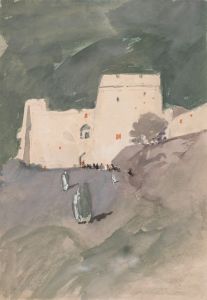

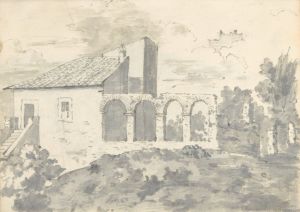
![Proposed decorations for Fisher Building, Detroit, MI.] [Sheet No. 3, Dome at intersection of arcade 100 and Main Lobby 107](/imgs/249384/s/winold-reiss-proposed-decorations-for-fisher-building-detroit-mi-sheet-no-3-dome-at-intersection-of-arcade-100-and-main-lobby-107-2b55dbcd.jpg)